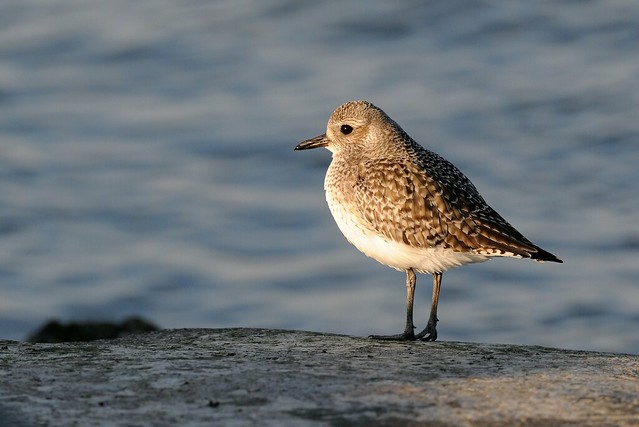2015 Bonanza Bird #22: Black-bellied Plover
Our Birdorable Bonanza: 2015 Advent Edition has just has a few more days to go! Today's new bird is a widespread species of plover: the Black-bellied Plover!

Black-bellied Plovers are medium-sized shorebirds that breed in the high Arctic, in tundra habitat. During the winter months, this migratory species can be found along ocean coasts all around the world.
Black-bellied Plovers feed on insects and some plant material while breeding on the Arctic tundra. Their winter diet is very different, with coastal prey like crustaceans, marine worms and more on the menu.
Black-bellied Plovers change their look along with their location throughout the year. Breeding adult plovers have a striking black and white pattern on the back with a white-bordered black belly, breast, neck, and face. During the winter the plumage is much more subdued, with greyish upperparts and dull white underparts. Outside of North America the species is known as the Grey Plover.

Black-bellied Plover in breeding plumage by nigel (CC BY 2.0)

Black-bellied Plover in winter plumage by Peter Massas (CC BY-SA 2.0)
The Black-bellied Plover joins Birdorable today as our 638th cute cartoon bird. Be sure to check out our selection of apparel and gifts featuring our Birdorable Black-bellied Plover.
Tomorrow our Bonanza will reveal a type of heron with a very wide bill. Can you guess tomorrow's species?






Comments
Leave a comment
Thank you!